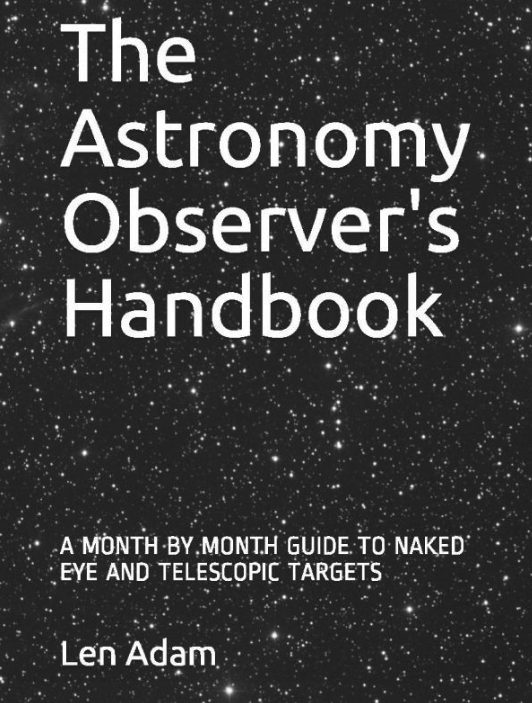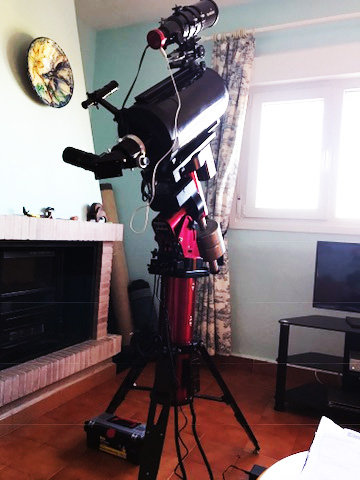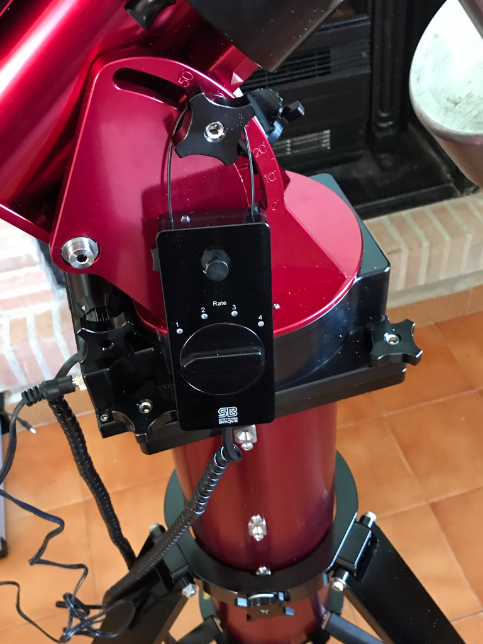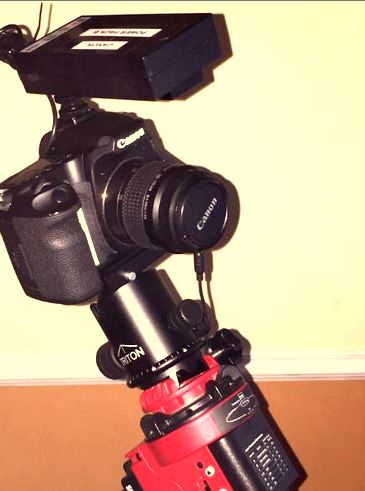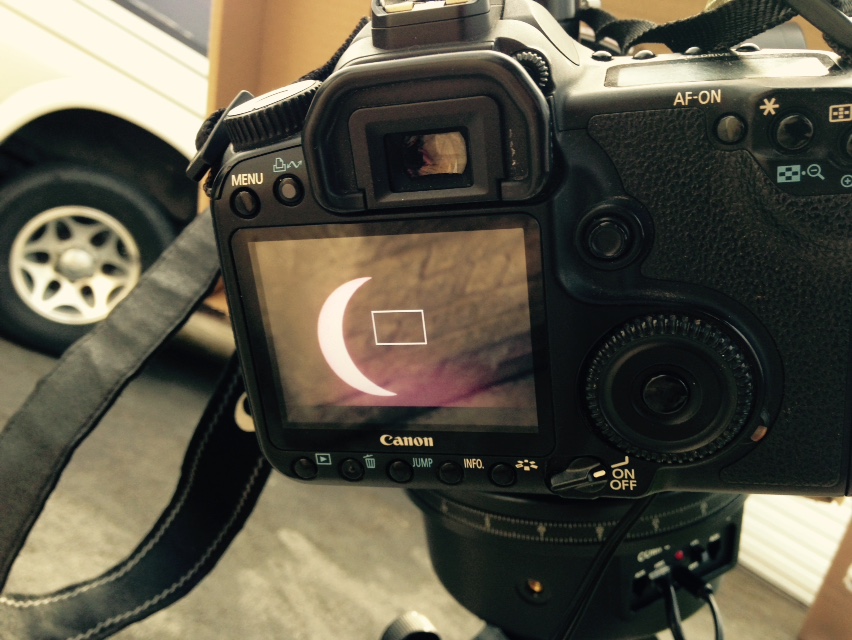Messier 31 from New Mexico - 24th September 2016
 Saturday, September 24, 2016 at 8:48AM
Saturday, September 24, 2016 at 8:48AM I used telescope T14 with a photometric V filter to take an image of M31. This is a snip of the low res preview image. I also took FITS and TIFF images yet to be processed. A 180 second exposure.
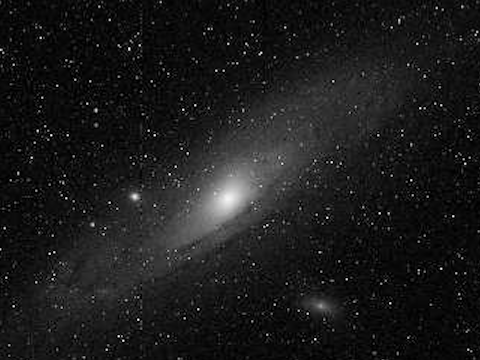
From Wikipedia about M31:
"
The Andromeda Galaxy (/ænˈdrɒmᵻdə/), also known as Messier 31, M31, or NGC 224, is a spiral galaxy approximately 780 kiloparsecs (2.5 million light-years) from Earth.[4] It is the nearest major galaxy to the Milky Way and was often referred to as the Great Andromeda Nebula in older texts. It received its name from the area of the sky in which it appears, the constellation of Andromeda, which was named after the mythological princess Andromeda.
Being approximately 220,000 light years across, Andromeda is the largest galaxy of the Local Group, which also contains the Milky Way, theTriangulum Galaxy, and about 44 other smaller galaxies. Despite earlier findings that suggested that the Milky Way contains more dark matterand could be the largest in the grouping,[12] the 2006 observations by the Spitzer Space Telescope revealed that Andromeda contains one trillion (1012) stars:[9] at least twice the number of stars in the Milky Way, which is estimated to be 200–400 billion.[13]
The mass of the Andromeda Galaxy is estimated to be 1.5×1012 solar masses,[7] while the Milky Way is estimated to be 8.5×1011 solar masses. In comparison, a 2009 study estimated that the Milky Way and M31 are about equal in mass,[14] while a 2006 study approximated the mass of the Milky Way at 80% of the mass of the Andromeda Galaxy. The Milky Way and Andromeda are expected to collide in 3.75 billion years, eventually merging to form a giant elliptical galaxy [15] or perhaps a large disc galaxy.[16] The apparent magnitude of the Andromeda Galaxy, at 3.4, is among the brightest of the Messier objects,[17] making it visible to the naked eye on moonless nights, even when viewed from areas with moderate light pollution."
 [Your Name Here] | Comments Off |
[Your Name Here] | Comments Off | 
